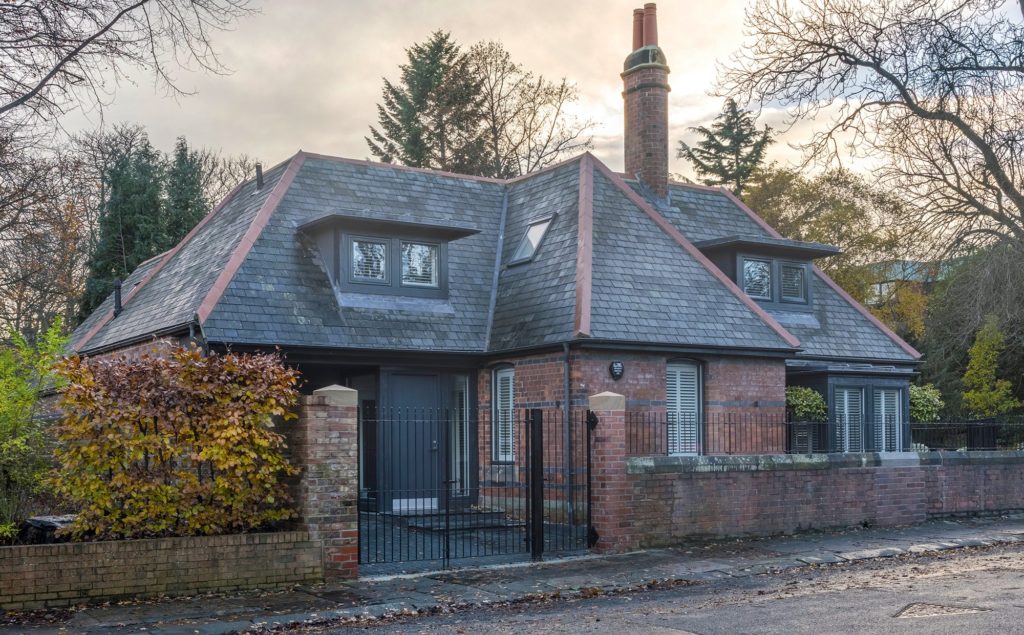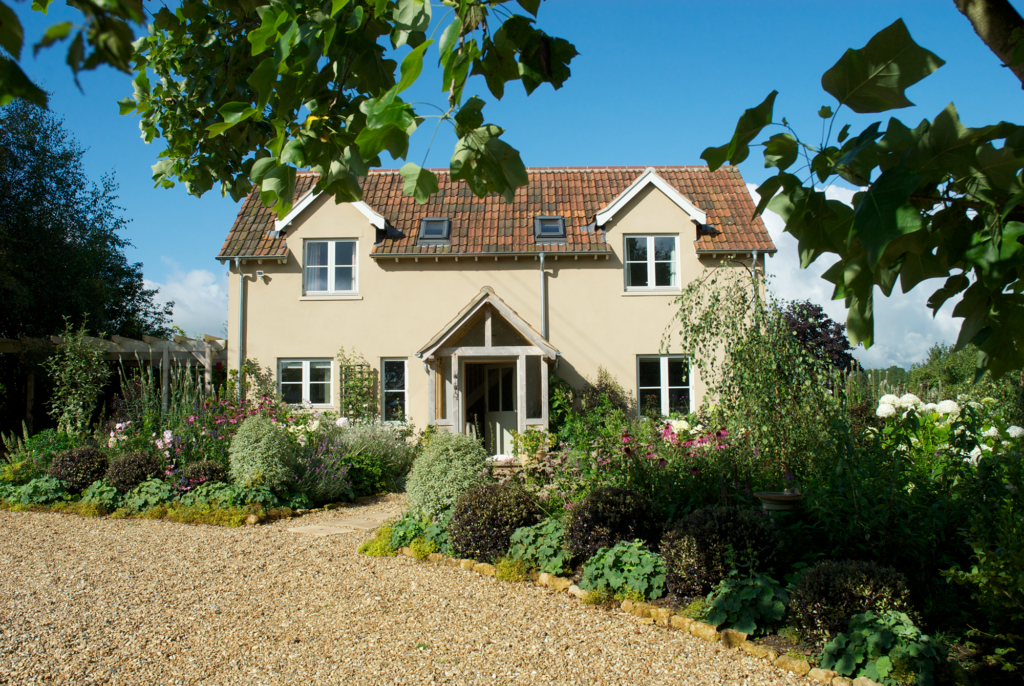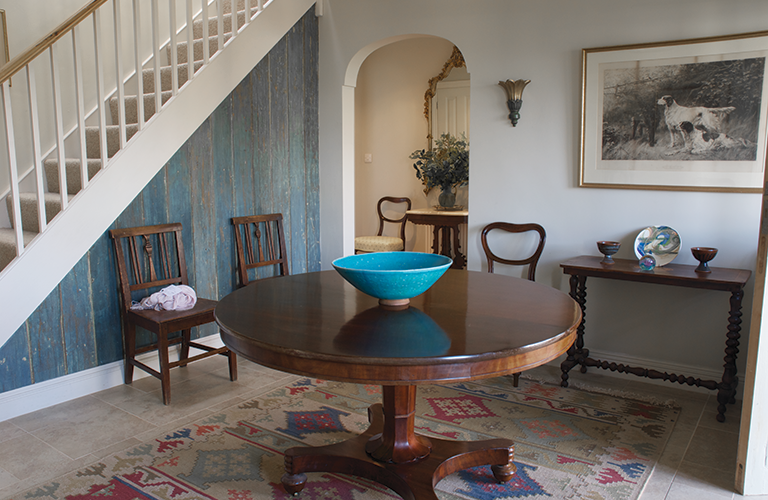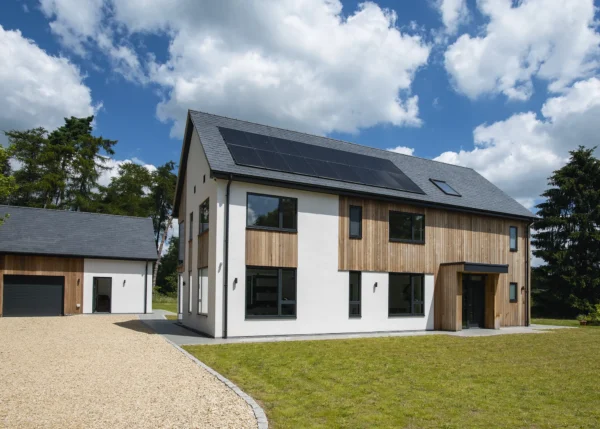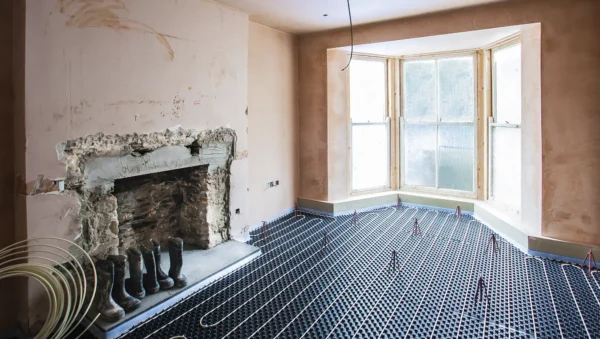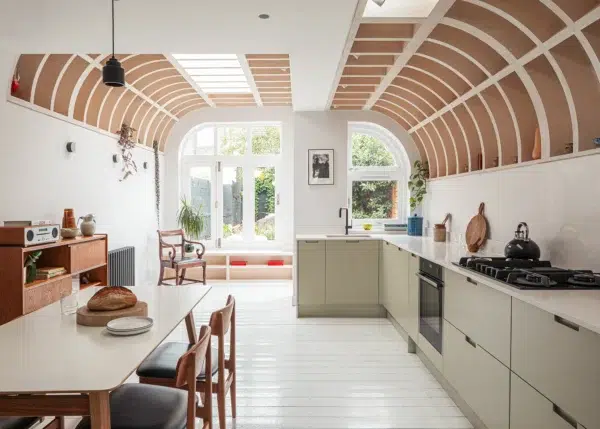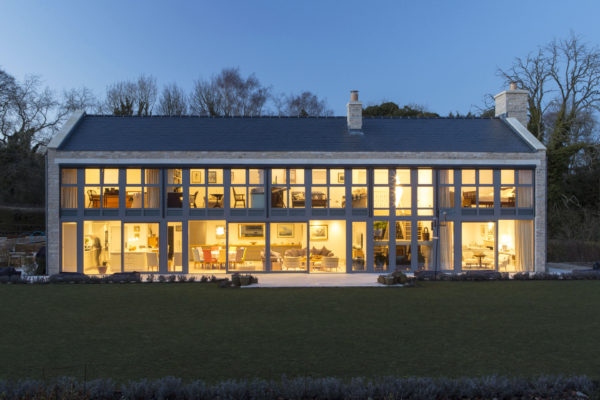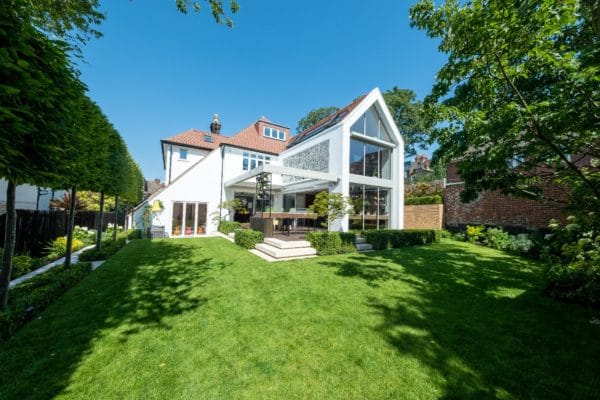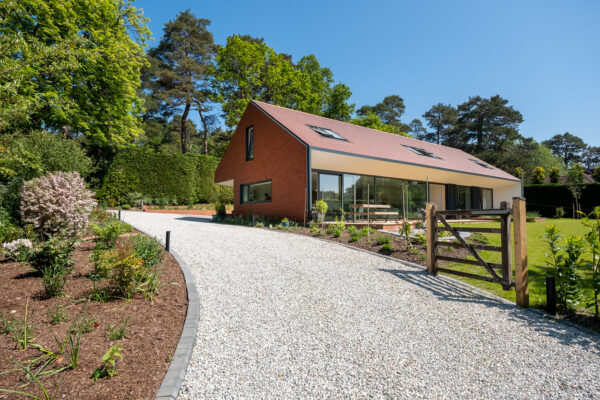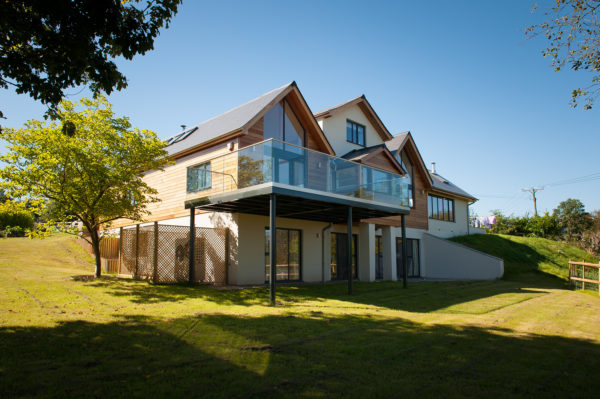How to get Gas on Site
Gas is frequently still the most cost-effective option for space heating and hot water, so if you’re self-building it’s essential to make sure your site has an appropriate supply.
The gas delivery network (GDN) across the British Isles is divided into eight distribution networks. These are owned by four UK-based operators, plus one in Ireland, who possess the gas pipes and are responsible for their performance, maintenance and for making new connections.
Take a look at the Energy Network Association’s website to find out which GDN is relevant to your plot. Application processes are fairly straightforward – armed with the right information, you can request a connection online or post it to the appropriate team.
In the same way as electricity distributors, each gas supplier is regulated by Ofgem to help ensure minimum levels of communication and service are provided.
The regulator has instigated an element of competition, meaning you can now approach one of eight independent gas transporters (IGTs) for new connections – as long as the company holds an accredited gas transporter’s licence regulated by the Gas Industry Registration Scheme (GIRS). This provider will automatically advise your local GDN that a new connection is underway.
New connections
Before applying for a supply, be clear about your consumption requirement. The amount of gas used is measured in kilowatt hours (kWh). But your heating engineer will determine the supply needed based on peak demand in kilowatts (kW).
He or she will assess your building plans and consider all gas consumption throughout the finished property, including any demand for fires, hobs and boilers.
60kW seems to be the GDN’s cut-off point for a standard domestic meter size (which is known as a U6 meter). Broadly speaking, this is capable of shifting a maximum of 6m³ of gas per hour. Generally, anything above this would be deemed commercial levels of use, significantly reducing the number of gas-safe engineers available to install the supply.
In some cases your estimated consumption might be over 60kW – if you’re building a large house, plus detached studio with a swimming pool to heat, for instance. In such situations, standard connection pricing will not apply and bespoke quotes will be needed.
Another thing you’ll need to know is the distance from your highway boundary to the planned (indicative) meter location and how far it is to the gas main (which is usually positioned in the highway).
Standard installations allow a maximum distance of 40m on private land and 23m on public roads, pavements etc. Anything beyond this is likely to require bespoke pricing.
In your application, you’ll have to state who it is that owns any private land that your gas supply will travel over. If it doesn’t belong to you then you’ll need written proof of a right to cross it (an easement) – something that often causes frustrating delays.
Reconnecting gas
A popular self-build route is to buy an existing structure that you intend to demolish and erect your dream home in its place. These plots are likely to have a live gas supply already installed. If you’re not sure whether it’s active, then you can ask your GDN to visit and check, which they’ll do free of charge.
If the existing connection is live then you’ll need to make two applications – one to disconnect and the other for a new supply. When I recently contacted a GDN, they said they don’t have a combined application to temporarily disconnect and then reconnect as they need to be certain there’s no gas on site when demolition and construction starts.
Read more: Complete Guide to Connecting to Services
As far as the new supply is concerned, the same information as above applies. For disconnections, it’s a straightforward termination at the main. It’s then down to you to remove the redundant pipework or old meter.
If you’re renovating and extending a property rather than building from scratch, you might only need to apply for a gas alteration. This must clearly state where the new meter will be located and (subject to trench work of 20m max) can be carried out for a standard price. Bespoke pricing will be required for more complex alterations.
The application process
Once you apply to your GDN online, assuming you qualify for a standard new connection (identified meter box location, 60kW capacity, U6 meter, 40m of private trenching, no easement requirement and 23m of public trench) you should get a quote back in a few days. This is usually live for 60 days.
To finalise your order you’ll need to pay the fees in full. But note that the GDN won’t process the application until they confirm you’ve supplied the correct details and funds. If an easement over private land is required then you may have to connect your legal adviser to the GDN in order to be certain that all the appropriate consent forms are provided. Only when all of the paperwork is complete will they advise that they’re happy to proceed.
With the application processed, the work will be scheduled for 4-6 weeks, but this depends on the time of year and the capacity of their local depot. Don’t be surprised if it ends up being longer than this.
You can usually cancel this contract if you provide sufficient notice and, of course, reschedule if you’re not ready – for instance, if the superstructure is not yet complete and there is still scaffolding and plant in the way. However, take note that if they turn up and cannot complete their work for whatever reason, you will end up paying abortive costs as well as having to renegotiate a new date.
For standard connections, onsite work is usually completed in two days. The GDN should be able to take responsibility for all work on public land, including temporary diversions and public safety matters.
Trenchwork & ducting
In order to ensure your quote comes in cheaper, you can elect to dig and reinstate the trenches on your site. These must be a minimum of 375mm deep and laid to a fall away from the property. As the gas main in the road is likely to be circa 600mm in depth, your trench by the boundary should ultimately aim for that depth.
The bottom of the trench must be clear of obstacles (stone, bricks etc) and it’s usually best to lay some building sand in the base for protection.
The GDW will size the pipework depending on the length and capacity required. A diameter of 32mm is standard, with 63mm the next size up. You should have a lateral clearance in your trench of at least 250mm away from any other service, regardless of its depth; accordingly, it’s not appropriate for supplies to be stacked.
Ducts can be used for gas supplies, although they are not considered ideal over long runs. If you do need to insert some ducts then you have to use correctly specified yellow perforated ducting of the correct diameter; 60mm for 32mm pipe and 150mm for 63mm ones. Draw strings must be put in and gas tape fitted above the ducting as part of the backfill exercise.
Connecting the meter
Once you’re ready to use the gas supply, you’ll need to choose a utility provider (British Gas etc), who will then come to your site and connect the meter. This is the company that will be responsible for your energy bill.
They will need the meter point reference number that the GDN will have provided, who they will then liaise with to confirm the supply’s ultimate connection. With the meter installed, your Gas Safe engineer can make the necessary internal connections to your boiler and appliances.




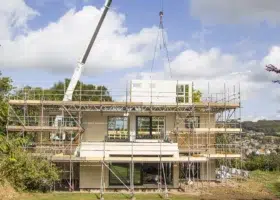
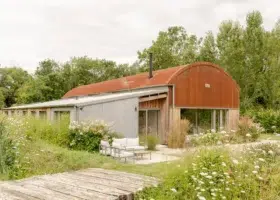
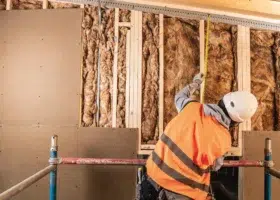
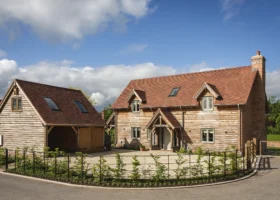
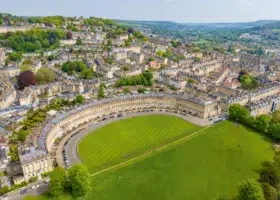

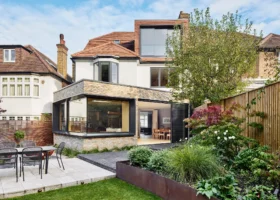
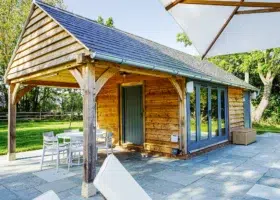
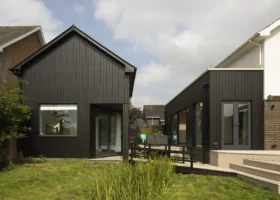
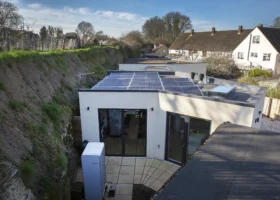







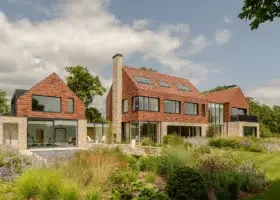
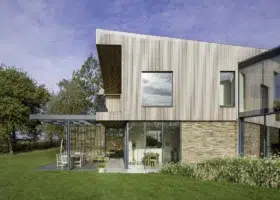


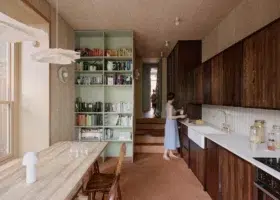









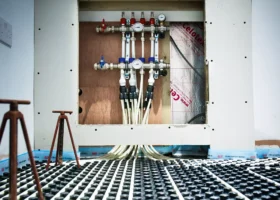

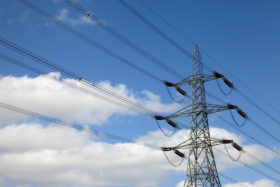
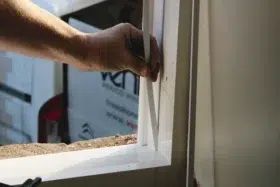
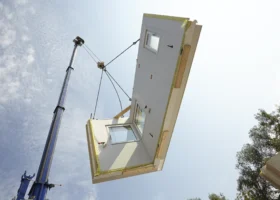
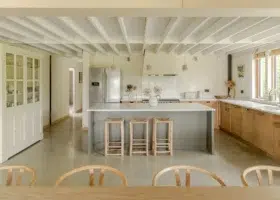



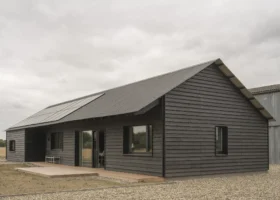
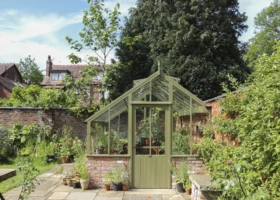


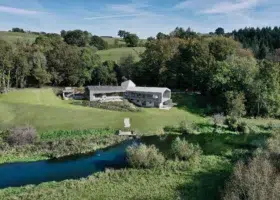
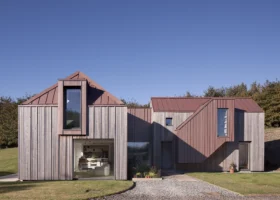
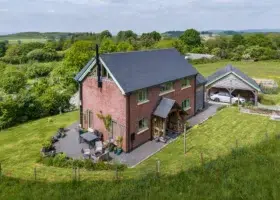
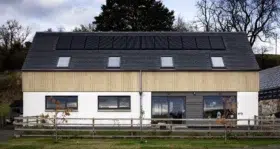



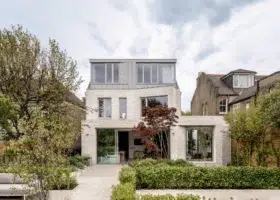
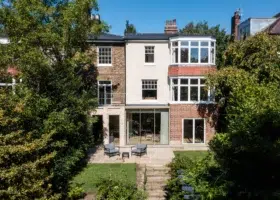
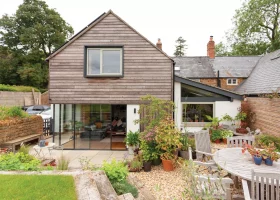





















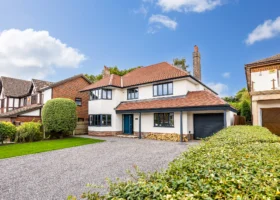
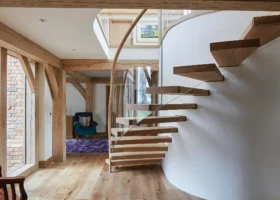




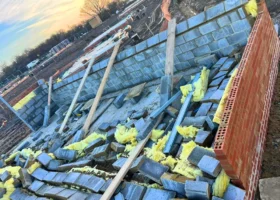







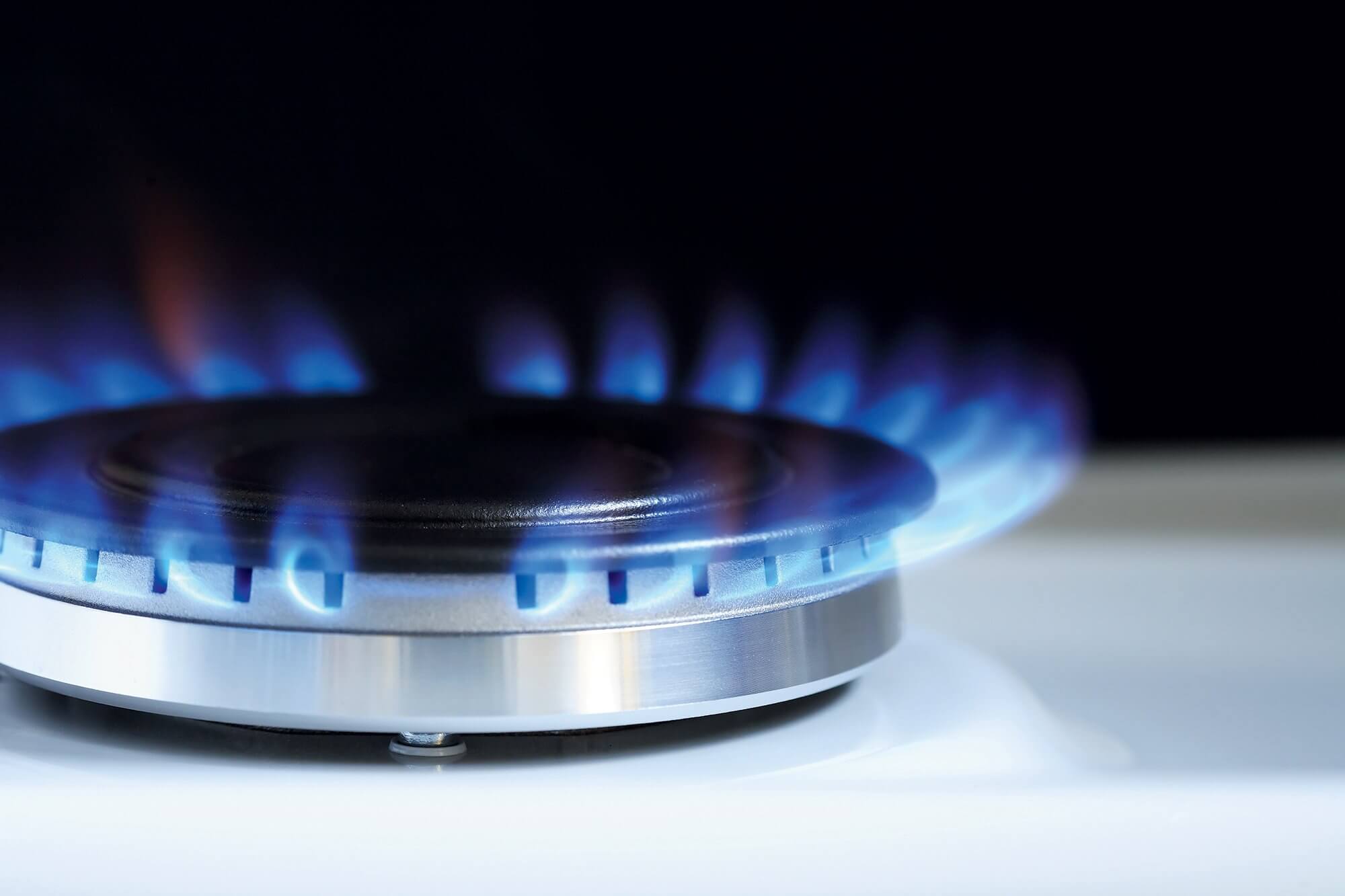
 Login/register to save Article for later
Login/register to save Article for later

